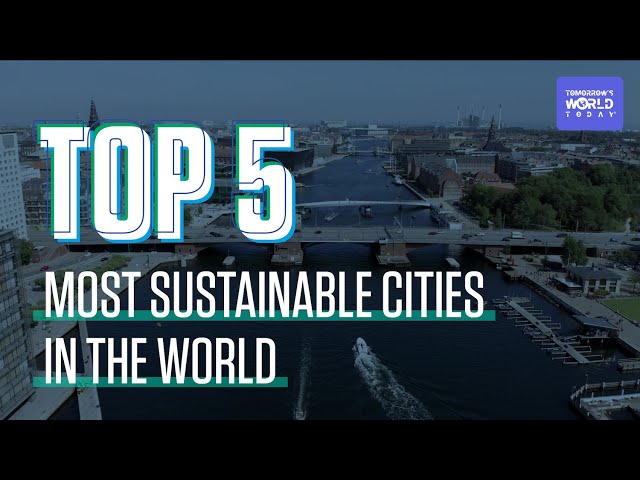In our ongoing quest for more sustainable and environmentally friendly living solutions, the debate between silicone and plastic is more relevant than ever. This comprehensive guide delves into the nuances of silicone versus plastic, helping you make informed decisions for a greener lifestyle.
Understanding Silicone and Plastic
Before we compare these materials, it's important to understand what each comprises.
What is Silicone?
Silicone is a synthetic polymer, made primarily from silica (sand). It's known for its flexibility, heat resistance, and durability. Unlike plastics, which can release harmful chemicals, silicone is generally considered to be inert and non-toxic.
What is Plastic?
Plastic refers to a wide range of synthetic or semi-synthetic materials that use polymers as a main ingredient. Plastics are less expensive to produce and offer versatility in manufacturing, but they often involve toxic constituents and are derived from non-renewable petroleum resources.
Comparing Silicone and Plastic: Environmental Impact
The environmental footprint of both materials is a major factor in determining their sustainability.
Production
Silicone: The production of silicone requires more energy and resources than most plastics, leading to a higher initial environmental impact.
Plastic: Generally has a lower production cost and energy requirement. However, the reliance on fossil fuels is a significant environmental downside.
Durability and Longevity
Silicone: Highly durable and more resistant to heat and cold, which means products made from silicone tend to last longer than their plastic counterparts.
Plastic: While some plastics are durable, many are designed for single-use or limited-use, contributing to waste.
Recyclability and Biodegradability
Silicone: Not biodegradable but is recyclable in specialized facilities. However, these facilities are less common than those for plastics.
Plastic: Some plastics are recyclable, but the vast majority are not biodegradable. Plastic waste contributes significantly to pollution, especially in oceans.
Health Implications
Considering products for personal use, the health impacts of materials are crucial.
Silicone
Silicone is generally safer for direct and prolonged contact (e.g., cookware, personal care items). It does not leach chemicals even at high temperatures, making it a preferred choice for health-conscious consumers.
Plastic
Certain plastics can release harmful chemicals like BPA and phthalates, which have been linked to health issues including hormonal disruptions and increased cancer risk.
Economic Considerations
While silicone products might be more expensive upfront, their durability means they do not need to be replaced as often as plastic products, potentially offering better long-term savings.
Silicone vs. Plastic in Everyday Products
Examining common products made from these materials can help highlight their practical applications and sustainability.
Kitchenware
Silicone: Ideal for cooking utensils, bakeware, and food storage as it does not react with food or beverages.
Plastic: Commonly used but can pose health risks when used for food-related applications, especially when heated.
Personal Care Items
Silicone: Used in items like shampoo brushes and body scrubbers, offering a more hygienic option as it resists bacterial growth.
Plastic: Widespread in personal care, but can harbor bacteria and degrade over time.
Children's Products
Silicone: Increasingly popular for teething toys and children’s dinnerware due to its safety and durability.
Plastic: Common but can expose children to toxic chemicals, which is a growing concern among parents.
FAQs About Silicone and Plastic
Is silicone more environmentally friendly than plastic?
While both materials have their drawbacks, silicone is generally seen as more environmentally friendly due to its durability and non-toxic nature.
Can silicone replace plastic?
In many applications, yes, silicone can replace plastic, especially in products that demand high durability and thermal stability.
How can I recycle silicone?
Silicone recycling facilities are less common than plastic, but they do exist. Check with local waste management services for options.
Is silicone safe for all cooking applications?
Yes, food-grade silicone is safe for various cooking applications as it does not leach chemicals and can withstand high temperatures.
Does silicone biodegrade?
No, silicone does not biodegrade, but it can be recycled or repurposed, reducing its environmental impact.
Conclusion: Making the Sustainable Choice
While no material is perfect, silicone offers a more sustainable, durable, and health-conscious alternative to traditional plastics. By choosing silicone, you’re investing in products that can serve you better and longer, reducing your overall environmental footprint.
Ready to make a difference? Explore our extensive range of eco-friendly silicone products on Sustai Market’s Sustainable Living blog and join us in our mission towards a sustainable future!


















